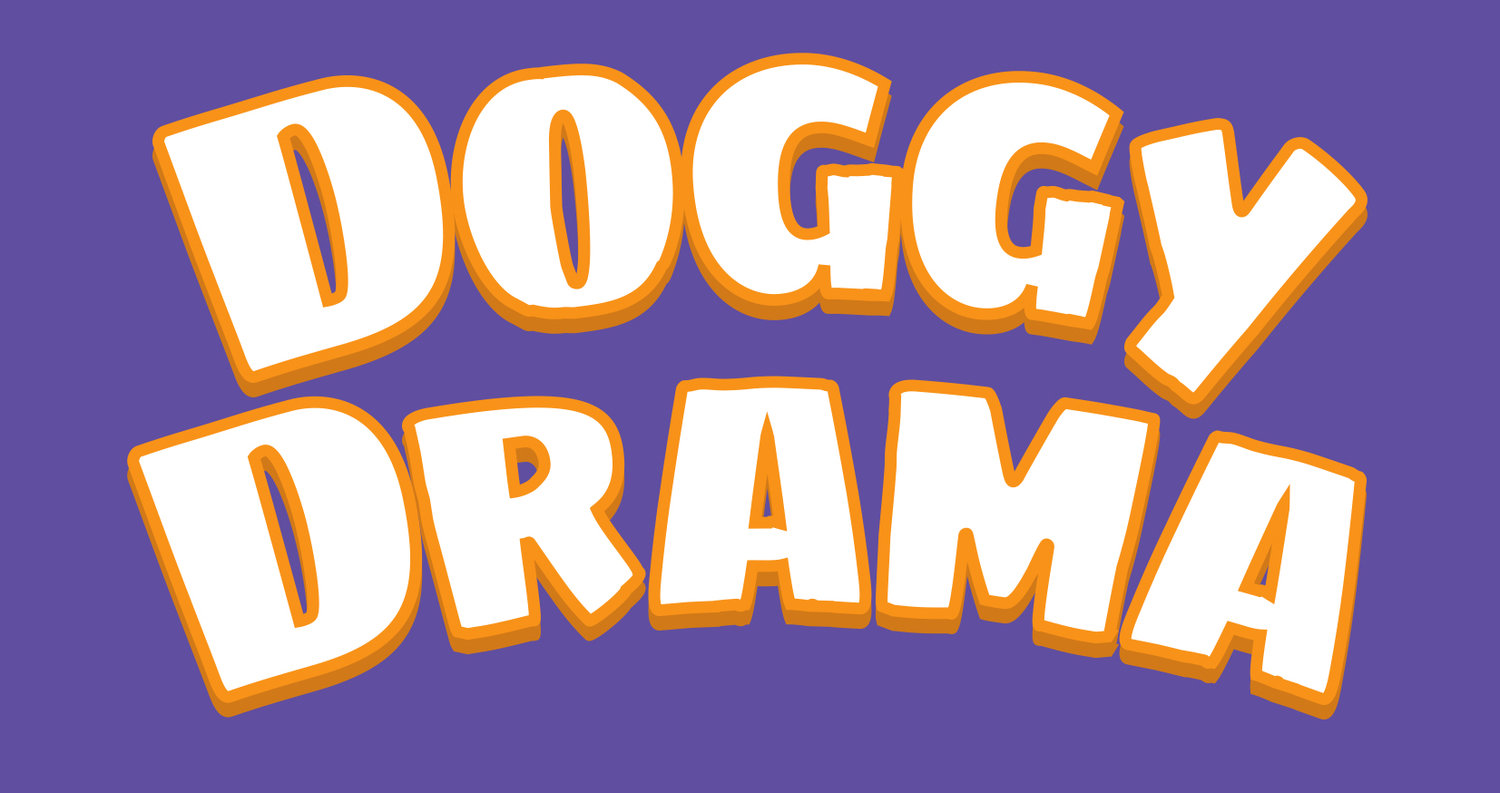I grew up in Dublin, Ohio. In my day, there was literally only one elementary school, one middle school and one high school. Now there are dozens. The city has grown very fast over the past 25 years, which has led to some serious traffic issues.
The City Officials seem to have decided that roundabouts are their best solution. They started by building smaller ones all over town. I guess they were easing us into it.
Then came the monster. Last fall, they installed a huge roundabout at the intersection of Rt. 161 and Riverside Drive. I have maneuvered that monster several times.
I almost said that I have survived that monster several times, but it seemed a bit melodramatic.
The point is, I don’t like roundabouts. Truth be told, I don’t totally understand how to use them.
Best I can tell, none of us really knows how to use them. That’s the problem. Some drivers are way too aggressive, surging ahead into the circle whether there’s traffic or not. Other drivers are way too timid, as they sit there waiting and waiting for all traffic to clear. They’re looking for the perfect opportunity that never comes.
Roundabouts originated in England around 1963. The first US roundabout was built in Las Vegas in 1990. Today, there are over 5,000 roundabouts in the world, mostly in England, France and the US.
Now don’t confuse a roundabout with a traffic circle. They are two entirely different things. Who knew? Traffic circles are much larger than roundabouts and often have traffic signs and/or traffic signals inside them. Cars also travel through traffic circles at much faster speeds.
I have a tough enough time with the roundabouts. I fear I’d never survive something filled with lights and signals all at 50 miles per hour.
Roundabout are designed with a raised island in the center intended to slow cars down to a steady 15-20 miles per hour. I’m sure I ‘ve seen cars whipping through much faster than that, and I have certainly seen cars come to a complete halt.
And don’t confuse a roundabout or a traffic circle with a traffic calming circle. Those are something else entirely. Like speed bumps and their larger brother speed humps, traffic calming circles are meant to slow us down. They are found mainly in suburban neighborhoods. I have driven around several of them, and I’ve never felt calmed.
Since no one I know seems to like roundabouts, I researched why these road engineers keep adding them. Especially in Dublin. Someone there must be getting some big kickbacks.
According to the Federal Highway Commission, roundabouts increase traffic capacity 30-50%. They also reduce major collisions40-60%, and traffic injuries by 35-80%. (Can you give a statistic that broad?)
I can’t find any statistics on fender benders in roundabouts, but my money says they are much higher. I wonder if 3C Body Shop is behind this proliferation of roundabouts? If so, they should just own up to it. How about naming rights? The Dublin 161 roundabout brought to you by Frank’s Auto Body.
Even if statistic support the theory that roundabouts are quicker and safer, that assumes that drivers know how to use them properly. I think that’s the problem. We are all a little confused. Surge ahead? Yield? Switch lanes? Stay in one lane? Slow down? Speed up? Stop entirely? Where’s the manual for these?
And what about pedestrians? How do they get through the roundabout? Do they run around the perimeter until they find their exit? This seems dangerous. More like a game of Frogger (or Crossy Road for you Millenials) than an efficient system.
Bicycles? I don’t think they stand a chance. Do they stay in the inside lane or outside lane or cut straight through?
At some point, we need to start teaching how to drive roundabouts in Driver’s Ed classes. I would probably take a night class. It would definitely be more useful than the traffic cones I learned to maneuver through back in the 80s.
